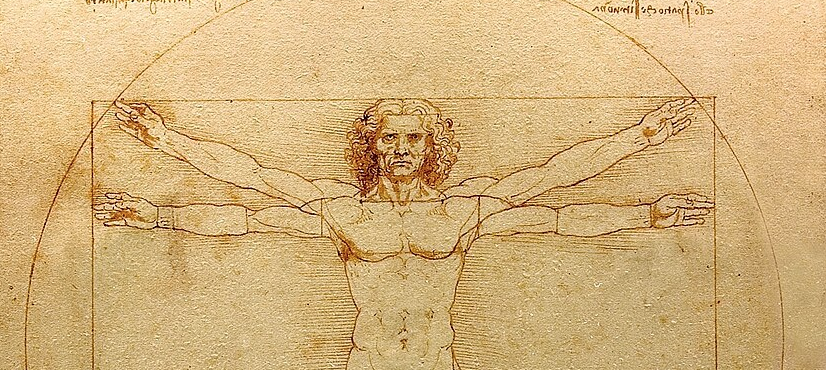A few years ago I answered the question in the title of this post: Negatively:
It seems to me that human progress is very uneven.
Technology: Very rapid advances
Science: Rapid progressPublic Morality: Slow Progress
Sports: Slow ProgressHuman Character: No Progress
Art: No progress
Now, perhaps this judgement was premature. Perhaps I was thinking about the issue incorrectly. In this post I argue that my confusion between stocks and flows may have distorted my view of the relative progress of the two fields.
To be clear, I understand why science seems so much more progressive than art: science has advanced by leaps and bounds over the past few centuries, but many of the most acclaimed artists in music, painting, poetry, and theater created their work hundreds of years ago.
However, I think this is a kind of “apples and oranges” comparison. stock Results, or flow Regarding creativity. Looking back at my previous post, I think I was comparing the accumulation of scientific knowledge to the flow of artistic creativity. Now let’s reverse that metric and use physics as a proxy for science. What happened to the accumulation of artistic achievements? And what happened to the flow of scientific creativity?
In the first 30 years of the 20th century, physicists discovered the structure of the atom; developed the theory of quantum mechanics; and developed the special and general theories of relativity. Of course, there were many other discoveries, but these are some of the most important. There were also important discoveries in areas of applied physics such as astronomy, such as the structure of stars, the existence of galaxies, and the expansion of the universe.
If I am not mistaken, in the last 30 years, there have been no such important discoveries, although progress continues in many fields. However, from the point of view of the “creativity flow”, one could argue that physics is in decline and that the greatest achievements were achieved many years ago. Who is the Einstein of our time?
Now, let’s consider artistic knowledge from a “stock perspective.” I would argue that the art world is significantly more advanced than it was 100 years ago, and much more advanced than it was 200 years ago. This advancement manifests itself in several ways.
1. New artists are constantly emerging and adding to our treasury of artwork. Guernica It didn’t exist 100 years ago, and if you go back 200 years, styles like Impressionism and Post-Impressionism didn’t exist.
2. Our understanding of the artistic field is better than it has been in previous centuries. In the mid-1800s, Vermeer’s paintings existed and were not completely unknown to art lovers. However, most art experts were unable to understand his greatness. Today, even someone with only an undergraduate degree in art history can understand Vermeer. There are many more examples, especially if we go back in time towards the present. So by 1890, Vermeer had been “discovered” but Van Gogh had not.
Goethe was one of the greatest minds of the early 19th century. Travel in ItalyGoethe shows us what highly educated Europeans knew about painting in 1816. And yet I think I probably know more about painting than Goethe did, not because I’m smarter, but because I stand on the shoulders of giants and look out over a field of knowledge that has expanded dramatically in the past 200 years. To use an analogy, a sophomore physics major may know more about physics than Isaac Newton.
So why is there a perception that science is advancing while art is regressing? There are a few possible reasons.
1. Much of abstract art and atonal music makes no sense to most people. But it is also true that quantum mechanics and the theory of relativity make no sense to most people. Given enough time and progress, every field of human endeavor will advance beyond the understanding of most people.
2. But people are happy to hear that models like quantum mechanics and the theory of relativity underlie technologies like the laser and the iPhone. So science is more respected than art. But people People who don’t understand either field Accepting one or the other as a matter of faith is hardly a good argument in support of the claim that science is more progressive than art.
3. People apply a double standard. They judge art based on trends: how does a trend in good new art compare to the trend in good new art of an earlier era? In science, we look at the accumulation of accumulated knowledge, which is generally increasing. This is a double standard that favors science.
In my view, most traditional art and science disciplines are well past their “golden age.” Rapid advances tend to happen when new technology opens up creative possibilities. This is the knowledge equivalent of the Oklahoma land scramble, where people rushed to claim the suddenly vacant land. In science, technologies such as genome sequencing have recently led to great advances in our understanding of where and how ancient peoples migrated. Fields of science without new technologies tend to eventually stagnate. In art, painting has stagnated, replaced by filmmaking as the most vibrant visual art of the past 100 years.
In my field (macroeconomics), things seem to have gone backwards in recent decades. Few economists seem to understand that low interest rates do not mean easy monetary policy. Few economists seem to understand that fiscal stimulus is largely ineffective due to monetary offsets. Few economists seem to understand that the Fed determines the long-run inflation rate. Few economists seem to understand that trade barriers do not improve the economy. Macroeconomics is in decline in both the stock and flow senses.




